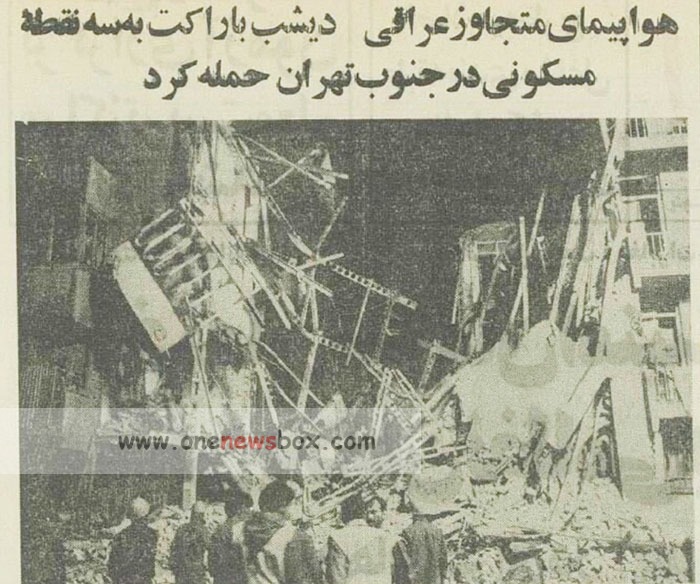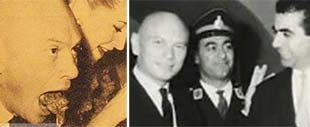The Five Phases of the War of the Cities
First Phase: February 7–22, 1984
The first series of the War of the Cities began on February 7, 1984, and lasted until February 22. Iraq initiated the bombings in response to Iran’s growing military success. Saddam Hussein sought to weaken Iranian morale by striking key urban centers. Iranian cities such as Tehran, Isfahan, Shiraz, and Tabriz suffered significant damage. In retaliation, Iran launched missile strikes on Iraqi cities, including Baghdad and Basra.
During this period, Iraq primarily relied on its air force to carry out bombing raids, while Iran’s response was somewhat limited due to its relatively weaker air power. Despite the destruction and casualties, neither side achieved a decisive advantage, and the war continued.
Second Phase: March 22–April 8, 1985
The second wave of urban warfare was triggered by Iran’s Operation Badr. In response, Iraq escalated its aerial bombardment campaign between March 22 and April 8, 1985. Major Iranian cities, including Dezful, Tehran, Tabriz, Shiraz, Isfahan, Khorramabad, Borujerd, Ilam, Hamedan, Masjed-e-Suleiman, Zanjan, Kermanshah, and Urmia, came under attack.
This phase saw more intense and systematic bombardments, with Iraq attempting to cripple Iran’s infrastructure and instill fear among the civilian population. These attacks resulted in hundreds of deaths and caused widespread damage to residential and industrial areas. Iran, in turn, intensified its missile strikes on Baghdad and other Iraqi urban centers.

